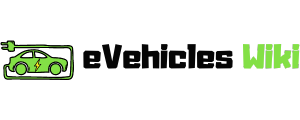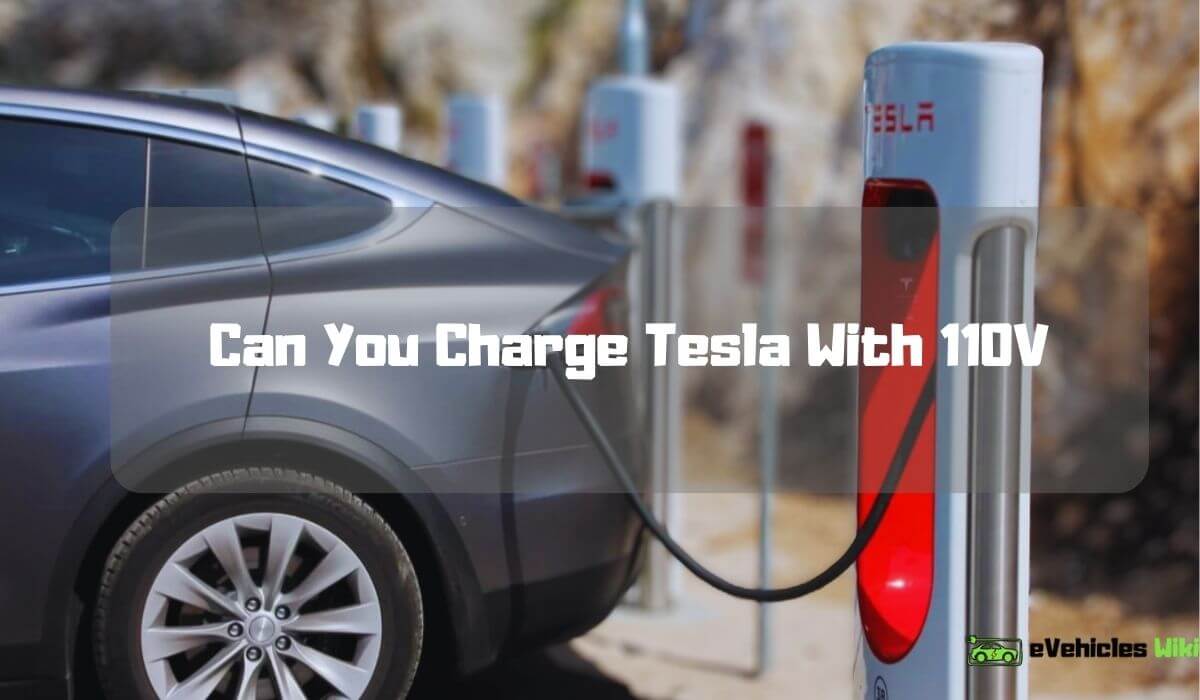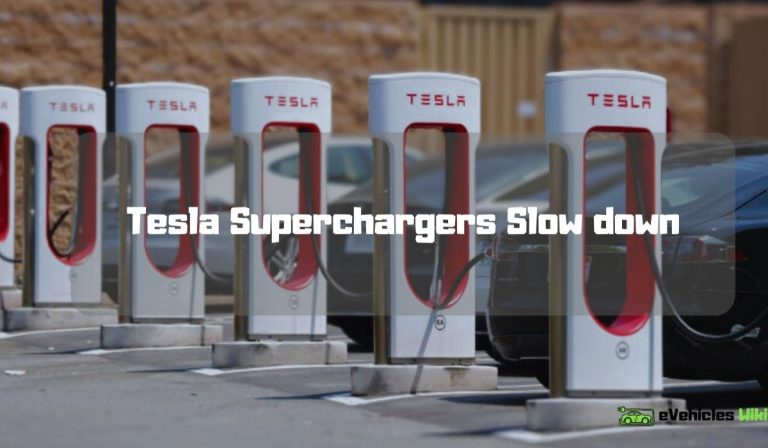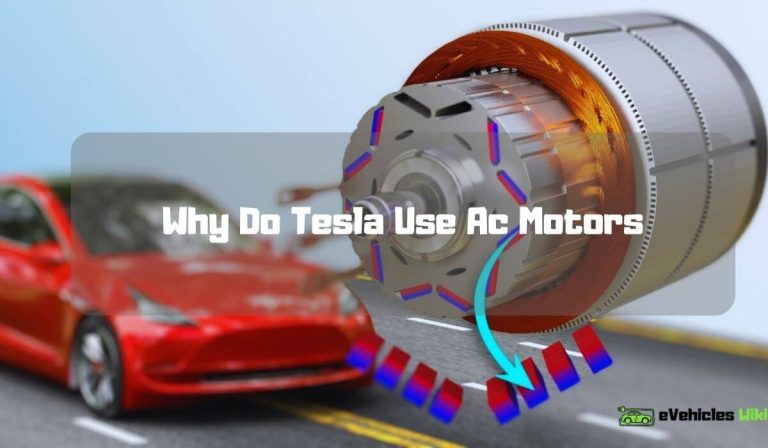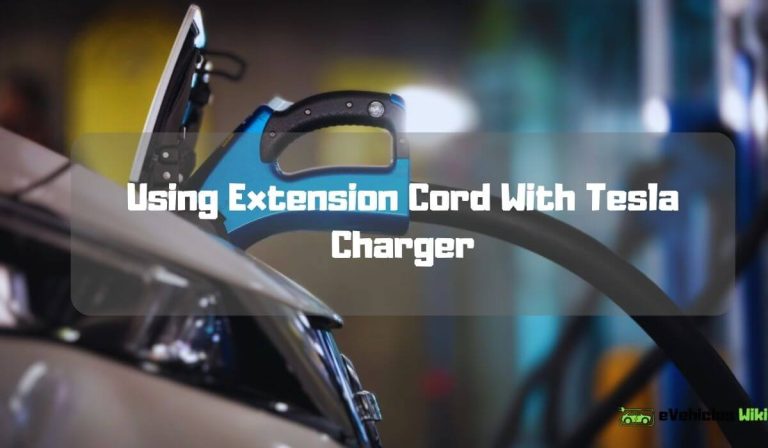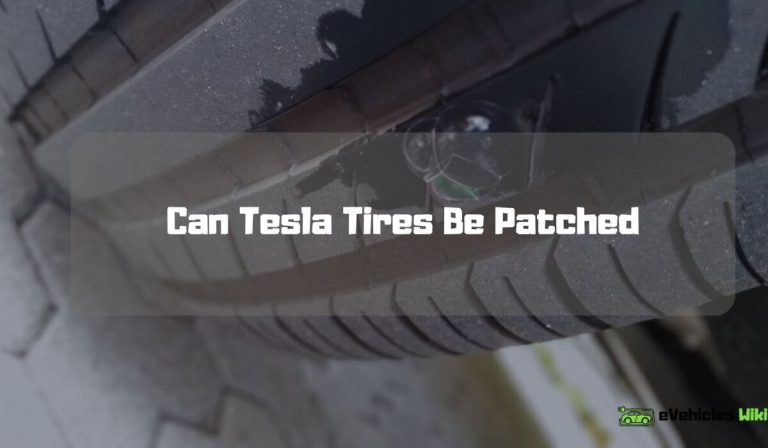Can You Charge Tesla With 110V
Yes, you can charge a tesla with a 110v outlet. A standard 110v outlet provides a charge rate of around 3-4 miles per hour, while a tesla’s range varies from 250 to 402 miles per charge.
Electric vehicles, particularly tesla, have become increasingly popular in recent years. As electric cars do not rely on gasoline or diesel, they are considered as environmentally friendly and are becoming the vehicles of choice for those who value sustainability. Charging electric vehicles is not a difficult task, but it can be challenging to keep up with the different charging options available.
One of the common questions people ask is whether they can charge a tesla with a standard 110v outlet. This article will discuss the charging process for a tesla and explain the different charging options available.
Understanding Tesla Charging
Can You Charge Tesla With 110V: Understanding Tesla Charging
Tesla cars are known for their cutting-edge technology and their efficiency in performance. One of the biggest concerns that tesla owners have is the charging process. In this section, we will explore the different types of charging available for tesla cars, how tesla charging differs from traditional gasoline vehicles, and the significance of charging speed for tesla cars.
Types Of Charging Available For Tesla Cars
Tesla offers three different types of charging options for its vehicles. These are:
- Level 1- this is the lowest level of charging and takes place when you plug your tesla car into a standard 110v wall outlet. This is the slowest charging option and takes approximately 4-5 miles per hour to charge your car.
- Level 2- this charging option requires a 240v outlet and provides up to 30 miles per hour of charging.
- Level 3- this is also known as dc fast charging, which can charge your tesla car up to 80% in just 40-45 minutes. This charging option is the most expensive, and not all charging stations offer this level of charging.
How Tesla Charging Differs From Traditional Gasoline Vehicles
Charging a tesla car is very different from refueling a traditional gasoline vehicle. Here are some key differences:
- Traditional gasoline vehicles require refueling at gas stations, whereas tesla owners can charge their cars at home using a level 1 or level 2 charger.
- Tesla vehicles have rechargeable batteries that require charging, whereas traditional gasoline vehicles have internal combustion engines that require gasoline.
- Tesla charging speed is significantly slower than refueling a traditional gasoline vehicle. However, the process is much more convenient as tesla cars can be charged at home, and you don’t have to make frequent stops to gas stations.
The Significance Of Charging Speed For Tesla Cars
Charging speed is a critical factor for tesla car owners as it determines how long they need to wait before they can drive their car. Tesla cars can take anywhere between 40 minutes to several days to charge, depending on the charging option used.
Charging time plays a crucial role in road trips, and fast charging is one of the most sought after features for tesla cars.
Understanding tesla charging is an important aspect of owning a tesla car. The charging process is different from traditional gasoline vehicles and requires different charging options. Charging speed is a crucial factor that determines how quickly you can get back on the road.
As tesla continues to innovate and improve its technology, the charging process will become even more efficient and convenient for its users.
Can You Charge A Tesla With 110V?
If you are a proud tesla owner, you may be wondering if you can easily charge your tesla using a 110v outlet. Well, the short answer is yes, but there are things you need to understand first. Let’s explore the differences between 110v and 240v charging to get a better understanding of your tesla’s compatibility with 110v charging and the advantages and disadvantages that come with it.
Explanation Of The Differences Between 110V And 240V Charging
Before we can discuss whether or not you can charge your tesla using a 110v outlet, it’s essential to understand the significant differences between the two charging options. Here are the main points:
- 110v charging is the standard residential power outlet used for small appliances, whereas 240v charging is the standard voltage for large home appliances, including electric car chargers.
- 110v charging is slower than 240v charging. It takes about 24-48 hours to fully charge a tesla using a 110v outlet, depending on the tesla’s battery size. On the other hand, a 240v charger can fully charge a tesla in about 8-12 hours.
- 240v chargers are recommended for faster and more efficient charging, saving you time and money in the long run.
Compatibility Of Tesla Cars With 110V Outlets
Tesla cars are compatible with 110v outlets, but there are some considerations to keep in mind. Here are a few key points:
- Tesla cars come with a mobile connector that has a standard 110v plug for charging. You can use this mobile connector to charge your tesla using a standard wall outlet.
- A tesla’s battery size determines the length of time needed to recharge using a 110v outlet. For instance, a model s with a 100-kwh battery pack takes approximately 35 hours to get a full charge.
- 110v charging is not ideal for long-distance travel, as it significantly limits your driving range between charges.
Advantages And Disadvantages Of Using 110V Charging For Your Tesla
While it is possible to charge your tesla using a 110v outlet, it comes with its benefits and drawbacks. Here are some points to consider:
Advantages:
- 110v outlets are readily available in most homes and public charging locations, making it easy to find a charging station when needed.
- You don’t need to install any additional charging equipment, which can save you money.
- It is ideal for drivers who have shorter commutes and can allow for overnight charging.
Disadvantages:
- 110v charging is slower, which can be inconvenient if you need a full charge quickly.
- It is not ideal for long-distance travel or road trips.
- Depending on the tesla’s battery size, the charging time can take up to 24-48 hours, which may not be practical for some drivers.
While you can charge your tesla using a 110v outlet, it is not the most efficient method. 240v charging is preferable, especially if you plan on long-distance travel. Nonetheless, 110v charging is a convenient option for overnight charges and can save you money on equipment installation.
If you’re on a tight budget and don’t mind charging your tesla overnight, then 110v charging may be the right choice for you.
Alternatives To 110V Charging
Can You Charge Tesla With 110V?
Electric vehicles have become increasingly popular as environmentally-friendly alternatives. Tesla, known for their high-quality cars, requires regular charging, just like any other electric vehicle. One common question among tesla owners is whether they can charge their car using a 110v outlet.
Let’s delve deeper into this question and explore your options.
While a 110v outlet can be used to charge your tesla, it will take significantly longer than other available charging options. Thankfully, there are different charging options that can save you time and even offer additional benefits.
Overview Of Faster Charging Options Available For Tesla Cars
Tesla cars come with onboard chargers capable of handling different charging speeds, and you can buy additional accessories to enhance charging capabilities.
- Tesla superchargers: One of the fastest charging options available, superchargers offer up to 170 miles of range in only 30 minutes. While the charging network is still expanding, there are over 25,000 superchargers worldwide.
- Tesla wall connector: It is an at-home charging solution that provides the fastest possible charging speed. It offers up to 44 miles of range per hour of charge, which equates to around 10 hours for a full charge.
- Public charging stations: Public networks have become more common and offer a variety of charging speeds. Some public charging stations provide faster charging times and are available at locations such as hotels, malls, and parking structures.
Benefits Of Using Faster Charging Options
The benefits of using faster charging options are multifold. It can save you time and provide more effective charging capabilities, making it so you can use your car more frequently. Some benefits include:
- Time-saving: Faster charging options significantly reduce the time it takes to charge your car, providing you with more time to drive it. Superchargers can save hours compared to using a 110v outlet.
- Convenience: Public places such as shopping centers and parking structures may already have charging stations in place, making it more convenient for you to charge your car. Charging at home with a wall connector also offers convenience.
- Efficient use of time: A faster charging time means that you can more efficiently use your time while waiting for your car to charge.
Comparison Of Different Charging Options For Tesla Cars
There are pros and cons to each charging option for your tesla. Here’s a comparison chart to help you decide which charging option is right for you:
| Charging Option | Pros | Cons |
| — | — | — |
| 110v outlet | most accessible option | slowest charging speed |
| tesla superchargers | fastest option | only available on specific routes |
| tesla wall connector | fastest at-home option | installation required |
| public charging stations | convenient | charging times vary |
While it is possible to charge your tesla with a 110v outlet, it is a slower option than other alternatives. Tesla superchargers, wall connectors, and public charging stations are faster and more convenient options. Ultimately, choosing the right charging option for you depends on your driving habits and lifestyle.
Factors To Consider When Charging Your Tesla
Can You Charge Tesla With 110V?
Tesla owners are always curious to know if charging their beloved electric car is possible through a standard 110v outlet. The short answer is yes; you can charge a tesla with 110v, but there are factors you need to consider before plugging in your electric car.
Here are the key factors to keep in mind when charging your tesla.
How Often You Should Charge Your Tesla
- Charge your tesla daily or as often as possible to maximize its efficiency.
- The battery life of your tesla decreases when it’s constantly drained to the minimum level, and you’ll eventually need to replace it.
- Long periods of inactivity or below the recommended minimum battery level may cause battery damage.
- Tesla recommends that you maintain your battery level between 20% and 90% charge to extend the battery’s lifespan.
Factors That Influence How Long It Takes To Charge Your Tesla
- The model and battery size of your tesla affects how long it will take to charge your vehicle.
- Charging speed can be increased using specific charging methods and equipment.
- Charging infrastructure is another factor that can impact the time it takes to charge your tesla.
Here’s a breakdown of various charging methods:
- Standard 110v outlet: This is the slowest charging method, with an output of 4-5 miles of range per hour of charging.
- 220v outlet: Also known as level 2 charging, this method can provide 20-60 miles of range per hour of charging using home chargers.
- Tesla superchargers: This is the fastest publicly available charging method, with selected stations delivering up to 75 miles of range in 5 minutes of charging.
The Impact Of Charging Habits On Your Tesla’S Battery Life
- Frequent use of fast charging methods like tesla superchargers can contribute to battery degradation.
- Charging cycles, or the number of times the battery discharges and recharges, can also affect battery life.
- Extreme temperatures, such as high heat or sub-zero cold, can harm your tesla’s battery and reduce its lifespan.
It is possible to charge a tesla using a standard 110v outlet, but it’s not the most efficient and recommended charging method. Before making a switch to a 110v outlet, consider the charging habits and frequency that best suit your lifestyle and driving needs.
By doing so, you can ensure that your tesla stays healthy and efficient for years to come.
Frequently Asked Questions On Can You Charge Tesla With 110V
Can You Charge A Tesla With A 110V Outlet At Home?
Yes, you can charge a tesla at home using a 110v outlet, but it’s much slower than using a high-power charger.
How Long Does It Take To Fully Charge The Tesla Using 110V?
Using a 110v outlet, it can take up to 24 hours to fully charge a tesla, depending on the model and battery size.
Can Charging Tesla With 110V Damage The Car’S Battery?
No, charging your tesla with a 110v outlet won’t damage the battery but long-term use can impact its lifespan. It’s better to use a high-power charger.
Conclusion
To sum it up, charging a tesla with a 110v outlet is possible but not ideal for everyday use. The charging process will take significantly longer than using a 240v outlet or a tesla supercharger. It is recommended to install a 240v outlet at home or use public charging stations for quicker and more convenient charging.
It is important to note that using a 110v outlet for charging occasionally or in emergency situations is safe and reliable. However, charging a tesla with a 110v outlet on a regular basis will put more strain on the electrical circuit and may cause hazards such as overheating and unintended power outages.
Taking these factors into consideration, it is crucial to find the right charging solution that suits your needs and lifestyle. Ultimately, the convenience and efficiency of electric car charging will continue to improve, making electric vehicles an even more attractive option for eco-conscious drivers.
